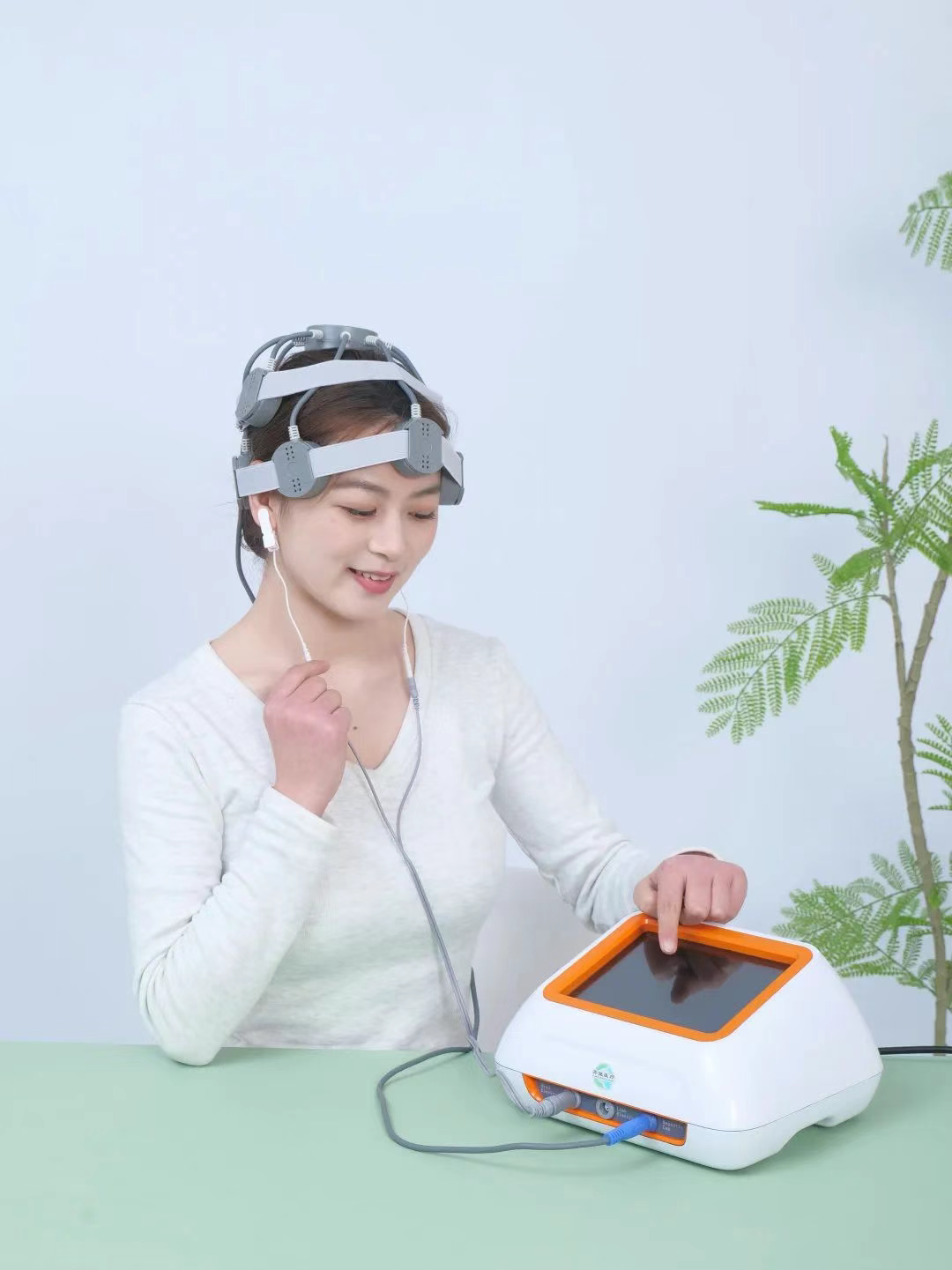Enhancing the Qijia Medical N-100T-QJ Blog: Key Benefits, Applications, and Target Populations of Transcranial Magnetic Stimulation (TMS)

Key Benefits of TMS Therapy
Non-Invasive and Pain-Free
TMS is a drug-free, non-surgical therapy that uses magnetic fields to modulate brain activity.
Avoids risks of anesthesia, surgery, or systemic side effects.
Patients typically experience mild, temporary discomfort (e.g., scalp tingling or headaches).
Precision Targeting
Sophisticated TMS devices, like the N-100T-QJ, enable focal stimulation of specific brain regions (e.g., dorsolateral prefrontal cortex for depression).
MRI-guided neuronavigation enhances accuracy, improving outcomes for disorders like treatment-resistant depression.
Durable and Adjustable Effects
Studies show TMS effects can last 4–12 weeks post-treatment, with some patients in remission for months.
Adjustable parameters (frequency, intensity) allow customization for diverse neurological and psychiatric applications.
Synergy with Other Therapies
TMS complements medication, psychotherapy, and rehabilitation, accelerating recovery from stroke, chronic pain, and mental illness.
Example: Combining TMS with cognitive behavioral therapy (CBT) increases smoking cessation rates.
Minimal Side Effects
Unlike antidepressants, TMS avoids weight gain, sedation, or gastrointestinal symptoms.
Severe side effects (e.g., seizures) are rare (<0.1% of cases).
Who Can Benefit?
The N-100T-QJ is ideal for:
Mental Health Disorders
Depression: FDA-approved for major depressive disorder (MDD), especially treatment-resistant depression.
Anxiety & PTSD: Reduces hyperarousal and improves sleep quality.
OCD and Schizophrenia: Relieves obsessive-compulsive symptoms and auditory hallucinations.
Neurological Disorders
Stroke Rehabilitation: Enhances motor recovery, language function, and cognitive plasticity post-stroke.
Parkinson’s Disease: Improves tremor and motor rigidity.
Migraine & Chronic Pain: Reduces headache frequency and neuropathic pain.
Pediatric Populations
Autism Spectrum Disorder (ASD): Enhances social communication and reduces repetitive behaviors.
ADHD: Improves attention and impulse control.
Geriatric Care
Alzheimer’s & Mild Cognitive Impairment: Improves memory and executive function through neuroplasticity.
Clinical Applications Supported by Research
Depression
High-frequency TMS over the left dorsolateral prefrontal cortex (DLPFC) results in 50% symptom improvement in 33% of patients, with 20% achieving long-term remission.
Stroke Recovery
Low-frequency TMS of the unaffected hemisphere restores interhemispheric balance, with 70% of patients showing improved motor function.
Chronic Pain Management
TMS reduces pain intensity by 30–50% in fibromyalgia and neuropathic pain syndromes.
Pediatric Neurodevelopment
In children with cerebral palsy, TMS enhances motor cortex excitability, improving mobility gains.
Safety and Considerations
Contraindications: Not suitable for patients with metal implants, pacemakers, or a history of epilepsy.
Individualized Protocols: Treatment duration (typically 20–30 sessions) and parameters are customized based on patient needs.
Why Choose TMS?
The Qijia N-100T-QJ represents next-generation TMS technology, integrating:
MRI-guided precision for targeted therapy.
Multimodal parameters (rTMS, tACS) for versatile applications.
Portability for clinic and home use.
Backed by global certifications (CE, ISO, NMPA), it empowers patients to manage neurological and mental health without pharmaceuticals.
Experience the future of brain health with Qijia Medical’s N-100T-QJ—where technology meets compassionate care.
This version maintains clarity and emphasizes key points while ensuring readability and professionalism.





